A long way of profiling and classifying has been taken by the winegrowers of the VDP. They can proudly look back on 30 years of classification experience as well as 20 years of VDP.GROSSES GEWÄCHS®. Above all, today, many years later, it can be confidently said that all the abandonment, the discussions and the individual intermediate steps as well as milestones were important for the current success of the wines of the VDP. But all this does not mean that the goal of this long journey has been reached.
Just about a year ago, the 20th anniversary of the VDP.GROSSES GEWÄCHS® was celebrated together with international top wine specialists. A great celebration with the German Grand Crus of the last two decades and an emotional retrospective into the early days of this success story. Returning to what has made the VDP as a pioneer of Grands/Premiers Crus great has also led to the fact that being able to lead the sometimes very difficult discussions of the past months with rationality and patience. The revision of our own classification history in the event of the anniversary, but also the dialogue with our neighbours from France and Austria as well as the developments in wine law, strengthened the internal questioning process and the determination to take the next step together in the VDP.
Being aware that everything is always in a state of transition, the VDP is now moving on to the next stage in the classification of vineyards. Previous criteria and documentation, which were aimed at the first classification of vineyards are now being reviewed, summarised and supplemented with knowledge gained in the last years. This leads to a more multidimensional and transparent documentation of the classification, but also to a somewhat different perspective: It is about which vineyard has demonstrated that it has potential (proven reputation) – and not about what potential a vineyard might have (pure potential assessment of the conditions). In this way, the potential of the vineyard is combined with the skills of the winegrower to form a unity.
Now it is necessary to include the reputation and evaluation of the VDP.ERSTE LAGE® and VDP.GROSSE LAGE® sites, that has been acquired in an evaluation, and to develop and review this on an ongoing basis. This includes the historical relevance based on the evidence of the site's reputation, the importance of the site and its credit rating by producers and experts, the economic relevance based on the analysis of the recognition and visibility of the wines in the national and international market, the qualitative relevance from the national and international perspective of wine critics and the winelists of renowned restaurants, as well as the geological, climatic and topographical homogeneity. In addition, each region has the possibility to include certain region-specific criteria that are proven to contribute to the credit rating of a site and, like the other criteria, contribute to the strength of a site.
The interaction with the international wine world confirms that the VDP.classification for wines as well as the classification of the vineyards has a high degree of appreciation all over the world. The currently ongoing process illustrates this and at the same time reviews the status quo. Knowing this, the VDP is convinced that many decisions of the last two decades will be confirmed when the vineyards of the VDP.members go through the certification process. But at the same time, some vineyards may not have been able to confirm their strength in the past 20-30 years in the same way as others. Furthermore, it is possible that other, new vineyards have gained a high reputation over time, have been brought to life by winegrowers and now have a firm place among the most prestigious vineyards in Germany. This also represents the complete terroir concept, which includes the personality, the producer in the greatness of a wine or a vineyard and is a sign that, in addition to the potential of the vineyard, the reputation acquired from it is being proven.
A contemporary classification does not grant honours for all eternity. Every great wine and vineyard must be evaluated regularly and with self-confidence. In the end, everything serves to make the experience gained by the VDP.Prädikatsweingüter over the past decades and what they have achieved in a comprehensible process the subject of discussion by wine legislation and the regional interprofessional committees (Schutzgemeinschaft), following the classification tradition of our experienced neighbours. Of course, any classification must fit into the structure and profile of a provenance in a logical way. Everything and especially the substructure, the profiling of the ggA (protected geographical declaration / geschützte geographische Angabe), but also regional and village wines, will still require some discussions, to which the representatives of the VDP are happy to contribute. A rough road for German wine, but hopefully successful in the end. The VDP.Prädikatsweingüter are looking forward to it with optimism.




